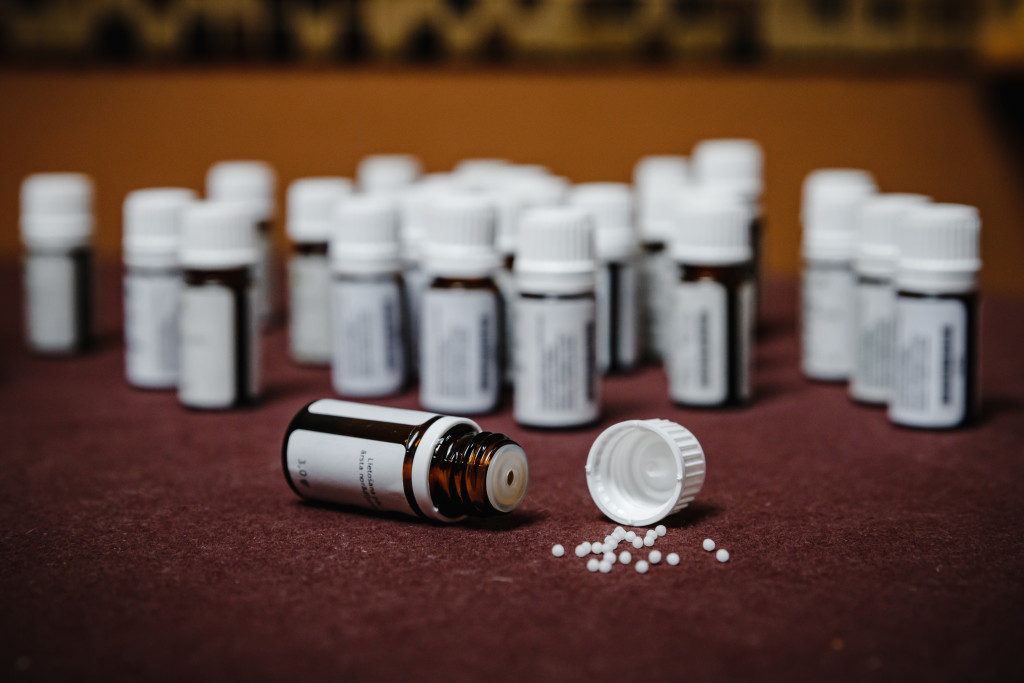Dexpanthenol – Basking in the Sun, Navigating the Challenge
- 18/04/2024
As summer approaches, the temptation to soak up the sun’s warmth grows. Yet, amidst the enjoyment of sunny days lies the looming threat of sunburn. Sunburn, characterized by its painful redness and inflammation, isn’t merely uncomfortable – it also carries long-term risks, including premature ageing and increased susceptibility to skin cancer. Many seek relief in over-the-counter remedies, with dexpanthenol emerging as a popular choice. However, we crafted this article not because of leisurely sunbathing. Instead, a captivating discovery in the medical literature concerning dexpanthenol, unearthed by the DrugCard platform, ignited our motivation to craft this article.
A Story of an Allergic Reaction in a Young Patient
The DrugCard platform uncovered a fascinating case involving a two-year-old boy initially suspected of lactose intolerance. He had an itchy rash spanning his face, ears, neck, trunk, and limbs. He was previously admitted to the emergency department with symptoms of a viral upper airway infection, rhinitis, and fever. Still, he exhibited no rash, cough, or shortness of breath. Upon discharge, he received prescriptions for ibuprofen, xylometazoline, and cetirizine. Two days later, xylometazoline was swapped with a combination drug containing both xylometazoline and dexpanthenol. Shortly after, the boy developed a widespread itchy rash, disrupting his sleep. Seeking medical advice, his caregivers consulted a general practitioner, where he remained stable without signs of respiratory distress, swallowing difficulties, or diarrhea. With no other apparent allergen, an allergic reaction to dexpanthenol was diagnosed. All medications were ceased except cetirizine, and after a few days of treatment, the rash resolved.
Understanding Dexpanthenol
Dexpanthenol, or provitamin B5, derives from pantothenic acid, a crucial B vitamin for skin health. Historically, it has been used for its remarkable skin-repairing properties, supported by notable research findings. When topically applied, skin enzymes convert dexpanthenol into pantothenic acid, essential for synthesizing coenzyme A and cellular functions like skin rejuvenation and wound healing. Today, many dexpanthenol formulations exist, from creams to sprays, catering to various skin needs. Though not commonly found in nasal sprays, dexpanthenol’s moisturizing and soothing properties could relieve dry or irritated nasal passages. It aids in calming inflammation in nasal mucosa disrupted by allergic or non-allergic rhinitis and rhinosinusitis, facilitating cell regeneration and expediting the healing of nasal mucosal wounds and irritations.
The Importance of Dexpanthenol Allergy
Recognizing dexpanthenol allergies is crucial, particularly regarding sunburn and other skin conditions. Allergic reactions to dexpanthenol-containing products may manifest as itching, rash, or even more severe symptoms in sensitive individuals. Given its widespread use in skincare and wound care formulations, understanding and identifying potential allergies to this compound is paramount for effectively managing and preventing adverse reactions. The case of the 2-year-old boy underscores the significance of recognizing and diagnosing dexpanthenol allergies, especially when prescribing medications or using skincare products containing this compound. Prompt identification and management of allergies by healthcare providers can ensure optimal patient care and prevent potential complications.
Maximizing the Therapeutic Potential of Dexpanthenol
Furthermore, the significance of dexpanthenol in alleviating sunburn cannot be overstated. Its hydrating and skin-repairing attributes make it a valuable inclusion in post-sun products, aiding in relieving and restoring sun-damaged skin. However, individuals with documented allergies to dexpanthenol should exercise caution and avoid products containing this ingredient to avert adverse reactions. In summary, while dexpanthenol offers numerous advantages for skin wellness and wound recovery, awareness of potential allergies is paramount for its safe and efficacious application, particularly concerning sunburn and other skin ailments. By integrating this understanding into clinical practice and skincare regimens, healthcare providers and individuals can harness dexpanthenol’s therapeutic potential while mitigating the risk of unfavourable reactions.
Conclusion
In conclusion, dexpanthenol presents a versatile solution for various skin ailments, from sunburn relief to nasal irritation. However, it’s essential to remain vigilant about potential allergies to this compound. Individuals can ensure dexpanthenol-containing products’ safe and effective use by checking product labels and consulting healthcare professionals if suspicions arise.
We’ll keep uncovering fascinating cases in medical literature through the DrugCard platform and sharing them with you on our blog. After all, the realm of medical literature brims with captivating and thrilling cases, continuously refreshed with daily discoveries.



